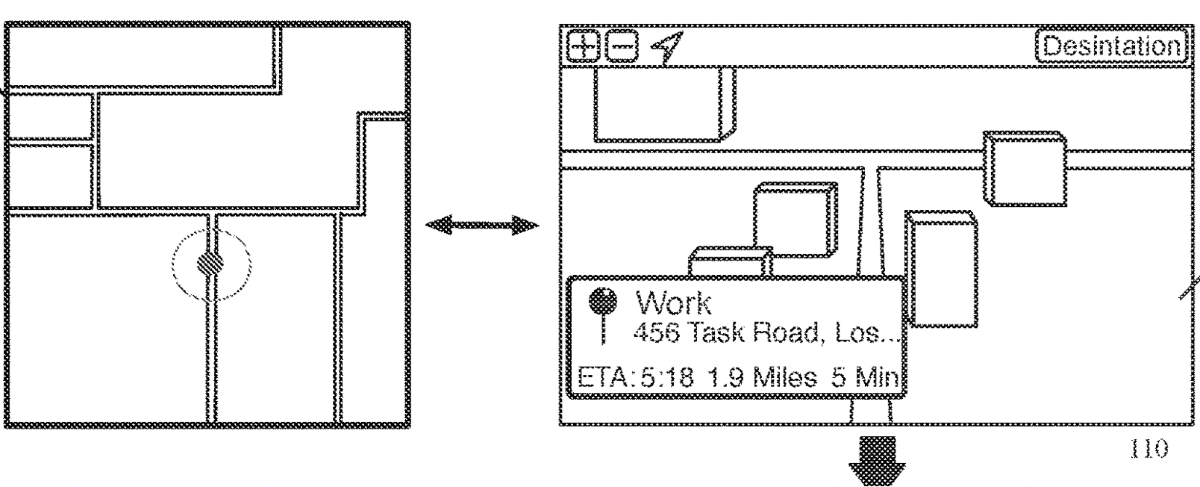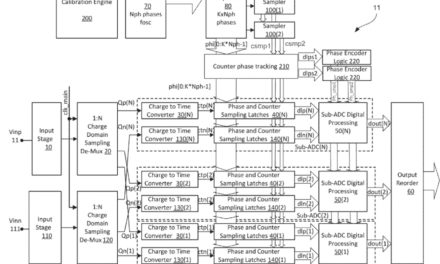Apple has filed for a patent (number 20210270623) for a “map application with improved search tools.” The company is looking to beef up the search features of its Maps app on macOS, watchOS, iPadOS, and iOS.
About the patent filing
In the patent filing, Apple notes that mobile devices are moving towards having access to larger amounts and varying types of personalized information, either stored on the device itself or accessible to the device over a network (e.g., in the cloud). This enables the users of such devices to store and subsequently access this information about their lives.
To the users of mobile devices, this information may include their personal calendar (i.e., stored in a calendar application), their e-mail, mapping information (e.g., user-entered locations, user-requested routes, etc.), etc.
Apple says that, however, at the moment, these devices require users to specifically request information in order for the devices to present the information. For instance, if a user wants a route to a particular destination, the user must enter information into the mobile device (e.g., via a touchscreen, voice input, etc.) requesting the route.
Given the amount of data accessible to a mobile device, a device that leverages this data in order to automatically provide the needed information would be useful. Apple, of course, wants its devices to provide such info with Maps offering the mapping data.
Summary of the patent filing
Here’s Apple’s abstract of the patent filing: “Some embodiments provide a mapping application that provides a variety of UI elements for allowing a user to specify a location (e.g., for viewing or serving as route destinations) In some embodiments, these location-input UI elements appear in succession on a sequence of pages, according to a hierarchy that has the UI elements that require less user interaction appear on earlier pages in the sequence than the UI elements that require more user interaction.
“In some embodiments, the location-input UI elements that successively appear in the mapping application include (1) selectable predicted-destination notifications, (2) a list of selectable predicted destinations, (3) a selectable voice-based search affordance, and (4) a keyboard. In some of these embodiments, these UI elements appear successively on the following sequence of pages: (1) a default page for presenting the predicted-destination notifications, (2) a destination page for presenting the list of predicted destinations, (3) a search page for receiving voice-based search requests, and (4) a keyboard page for receiving character input.”
The accompanying graphic provides an example of the mapping application that updates the information that is provided by a predicted-destination notification.
Article provided with permission from AppleWorld.Today



